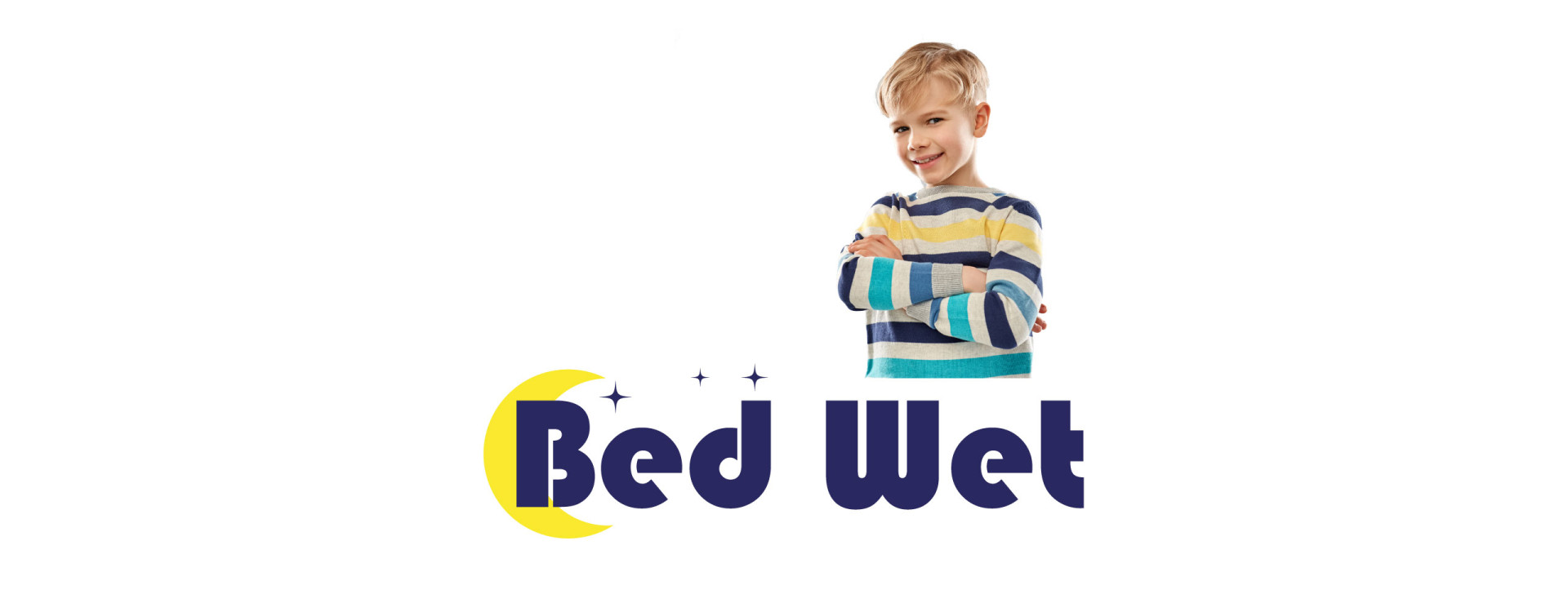Look for the signs.
Look out for signs that you need to change her nappy. If it's dirty, you can usually tell easily, as it will start to smell and you may have seen them move into a pooing position or heard flatulence. If the teenager is more independent, you could even ask them directly if they need you to change their nappy. If they're less independent, you may need to do a visual check yourself. Take a quick look at the front or back of the nappy to see if it's damp or dirty.
He may resist when you want to check him, so you need to be tactful not to hurt him. Try to respect his privacy and dignity while you're doing it. Go and have a look discreetly, even if it's impossible to do so without exposing at least part of the nappy. Also try to make him understand that if he tells you he needs you to change his nappy every time he does, you won't have to go and check it and embarrass him in front of others. If you like, you can agree on a code phrase for him to tell you, for example: "Do you need a break? - Yes, I need a break". In this case, a break means a change of nappy. You could also say: "It doesn't smell like roses in here, do you want to get some fresh air? - Yes, I need some fresh air".
It's important to change the nappy as soon as possible if you think it's dirty. If you wait too long, you could contribute to the development of incontinence or urinary infections, skin irritations or redness.
The frequency of nappy changes depends on many factors (his health, etc.), but as a general rule, a teenager's nappies should be changed between five and eight times a day. If possible, set up a timetable so you know when to change them and adjust it if necessary to change dirty nappies.
Go to the appropriate area.
If you're at home, you can go to the bathroom or a room with more space. If you're outside, this could be more complicated. Go to a public toilet and find a larger cubicle, a cubicle for people with disabilities or separate toilets for families, if available. It's important to choose a space that's clean and big enough for both of you to move around in. Sometimes you'll find a toilet with a large changing table.
Try to be as discreet as possible and avoid attracting attention. If you're in the company of other people, you could say "excuse us for a moment, we'll be right back" and say no more.
If you have this option, choose a toilet cubicle with handrails or shelves (to put the equipment you need).
Maintain a certain level of privacy.
Always lock the door behind you. If there are people outside, don't hesitate to ask them to give you some privacy. Similarly, if you're in a public space, keep your voice down. Don't complain loudly or you'll embarrass the teenager even more.
Prepare your equipment.
If you're out and about, you could keep a large nappy bag with the following items: nappies, disposable towels, wipes, skin cream, a pair of gloves and hand sanitiser. Take them out of the bag and place them near where you are going to change the nappy. If the teenager is up to it, you could ask him to help you by holding the wipes or the clean nappy.
Disposable towels are one of several options for providing a barrier between your teenager and the surface you're changing him on. They are water-resistant and thin, about the size of a bed sheet, but they can be expensive. You could buy a folded shower curtain or a waterproof picnic sheet. Alternatively, you could make a thin but comfortable vinyl-covered mattress that you can fold or roll up and that will be suitable for your outings with the teenager.
You'll easily forget or run out of these items. Every time you go out, you should do a quick inventory of the nappy bag to make sure you have everything you need.
If you're in a public toilet and can't put your equipment down, you can leave it in the bag and take it out and put it back as you go. The less you let your equipment become contaminated with germs, the better.
Adapt the room.
If you need to move something to get more floor space, do so. Pay attention to the temperature too. You don't want the room to be too hot or too cold, as this could make the process even less comfortable. Adjust the thermostat if you have one and if necessary.
Be prepared to set it.
If your teenager is unable to stand on his own or if his nappy is really dirty, you'll need to prepare the room for changing him lying down. If this is the case, you should put the towel on the floor or on a support, if available. If you have a changing table available, make sure the plastic protector on it is clean by wiping it with a cloth. If you want to sit him down, put the towel on a chair or bench. If you can change him by keeping him standing, you can put the towel on the floor near a wall if he needs to hold himself.
Disinfect.
In the next step, you'll need to wash your hands or use a disinfectant. Many people also prefer to put on latex gloves at this point. The aim is to prevent the transmission of germs between you and the teenager and in the other direction.
Change standing up.
This is generally the best option for teenagers, as it's less stressful and often quicker. This position also requires less space, making it a good choice for small toilets and other smaller areas. Start by laying the towel on the floor, then ask them to stand on it before pulling their trousers down to their ankles.
Then undo the side tabs on the nappy and hold it in place while using your other hand to clean the area, starting from the back. Once clean, you can lower the nappy, wipe the front with a clean wipe and put the dirty wipes in the nappy for easy disposal.
If he needs help to hold on, you can ask him to use a handrail (if available), use a walker, lean against the wall or hold on to your shoulders for balance.
If you think the nappy is very dirty, be more careful in this position, as it will be easier to stain yourself or get it everywhere.
Change to a sitting position.
This is an option to consider in areas where it is possible to sit down (e.g. on benches in family toilets) or in situations where the teenager can get up from their wheelchair without being able to stand. Start by asking them to sit down on a towel that you have set up. If they are already sitting down, you can ask them to lift themselves up so that you can slide the towel underneath. Ask him to lift himself up again to take off his trousers.
To take the nappy out while he's sitting down, you can ask him to sit still while you undo the side tabs. Then ask him to stand up. Once he does, you can pull the nappy towards the seat and wipe his bottom from back to front. Then pull back the nappy and put the dirty wipes in if you haven't already done so.
Be aware, however, that changing the nappy while sitting requires a certain amount of upper body control. However, he can always sit back on the towel between each stage of the change if he needs to.
Change them lying down.
This option can make teenagers feel very vulnerable and even embarrassed, as you'll be changing their nappy as if they were a baby. However, for teenagers with serious mobility problems or who have soiled themselves, this is the best solution. Some teenagers may even prefer this position, as they've been used to you changing their nappies since they were babies. Start by helping him to lie on the floor, on the table (if available) or on the bed (if you're changing him in his bedroom) that you've covered with the towel. Take his trousers off completely, including the plastic trousers he may be wearing for added protection. Undo the tabs on the nappy, pull on it, but don't remove it completely.
For the most effective cleaning in this position, you should gently push his knees towards his torso by resting your forearms gently on his knees. You can also ask him to help you by raising his legs as high as possible. Next, wipe him from front to back by placing the dirty wipes in his nappy, which you have now lowered. Once you've finished, you can remove the nappy.
When you take his clothes out, look for signs of leakage. If his clothes are wet or dirty, replace them with clean ones. If his plastic trousers are dirty, replace them too. Put any dirty clothes in a plastic bag.
Make sure her bottom is clean.
Whatever position he's in, you should use as many wipes as necessary to make sure he's completely clean. If possible, you could even ask him to help you clean himself.
Use alcohol- and fragrance-free wipes to reduce the risk of skin irritation.
When you've finished cleaning him, put the dirty wipes in the nappy and fold it up for disposal.
Make sure you wipe the teenager from front to back. This prevents the transmission of bacteria in faeces, which is especially important when changing a teenager.
Apply cream.
Once you've finished cleaning, massage the skin covered by the nappy with a zinc-based cream. This will help prevent irritation and redness, especially for teenagers who wear nappies all the time. This is a very intimate stage, and teenagers who are able to do so may prefer to do it themselves.
Some cream brands offer their products in spray form to make application easier and cleaner. Your child may prefer this option, as you won't need to use your hands to apply the cream.
If you see any redness that has darkened or become bumpy, you may wish to seek medical advice. Long-term redness could become infected and lead to more serious health problems.
Put on the nappy and get him dressed again.
Grab a clean nappy and unfold it before putting it between your baby's legs, holding it on both sides and fastening the tabs. Once you've finished, put his clothes back as they were before you changed the nappy.
If he was standing, use one of your hands to hold the nappy in place and the other to fasten the tabs. If he was sitting, you should ask him to lift himself up so that you can slide the clean nappy between his legs and hold it in place. If he was lying down, you can keep his knees bent while you put the nappy on and then release them once you've put it on before attaching the tabs.
You need to fit the nappy so that it moulds to the baby's shape, leaving no gaps at the legs or waist. Make sure it doesn't restrict her movement. You could ask her: "How do you feel? Is it too tight or does it fit well?
Throw away anything dirty.
Put the dirty nappy in the bin. Also throw away any wipes that may have fallen on the floor or somewhere else while you were changing the nappy. Look around to make sure the room is exactly as you found it.
Wash your hands again.
Once you've finished, it's very important to wash your hands or use a hand sanitiser, even if you've worn gloves. You could also ask the teenager to wash his or her own hands.
Put your equipment away.
Make sure you've put everything back in the nappy bag if you've changed the nappy in a public place. For example, you could easily forget your wipes if you're in a hurry to go out. Ask her to help you look around by saying, "Do you see anything we've forgotten or can we go?"




 Bedwetting - Support for children and their parents
Bedwetting - Support for children and their parents

Latest comments